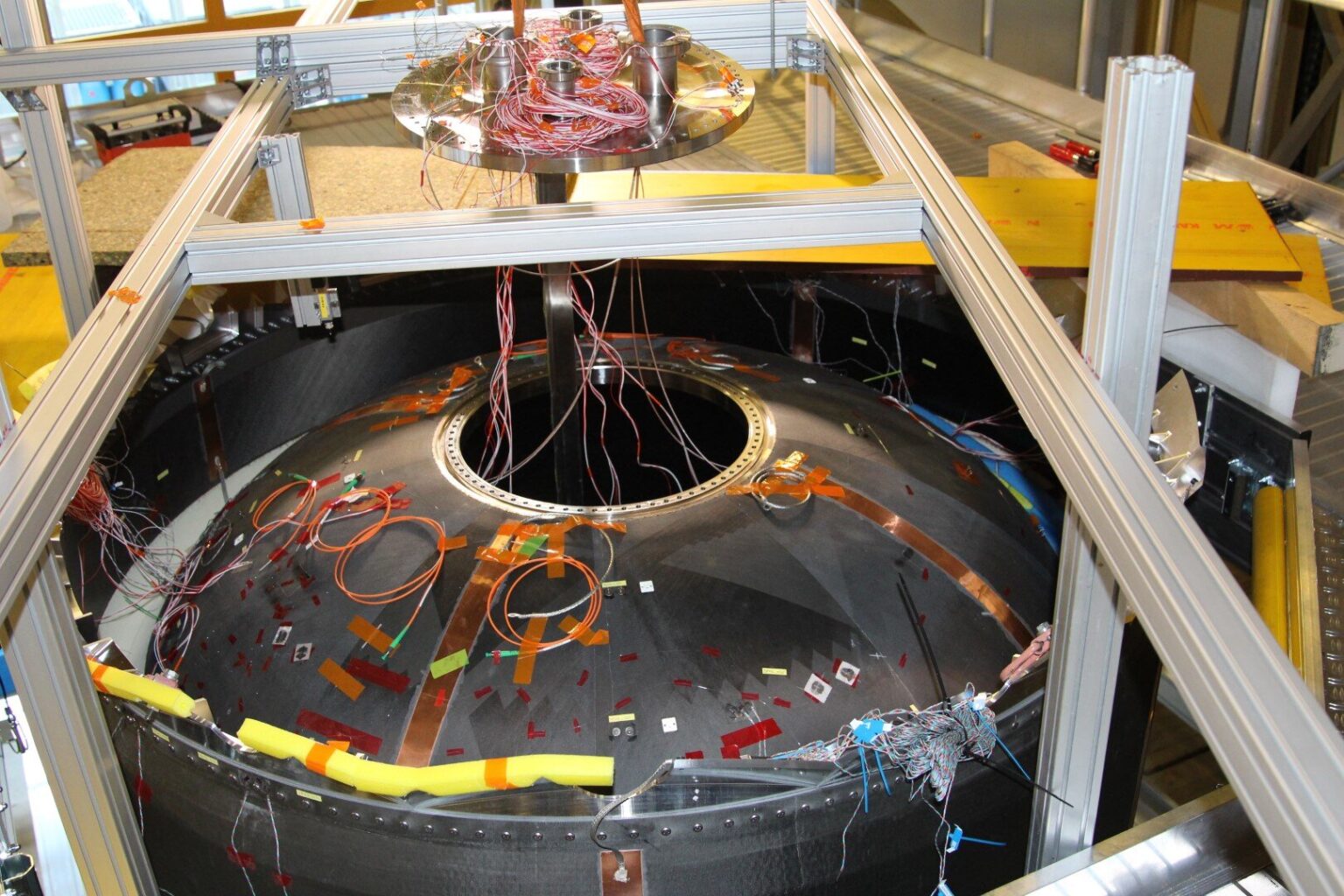ESA is preparing to test new Phoebus rocket fuel tanks. They will allow for a long time to preserve such “inconvenient” substances as liquid hydrogen and oxygen, despite the fact that they will be made of carbon fiber.

Fuel storage problem
The European Space Agency (ESA) is preparing to test new Phoebus rocket fuel tanks. In order to understand why this is important, it is worth remembering that the fuel in a rocket is not the same as the gasoline in a car. Two different substances are usually used there, which react and create a reactive thrust.
However, very toxic substances are usually used as fuel and oxidizer on space rockets, with which living beings cannot come into contact. Therefore, more and more people are looking at the use of liquid hydrogen and oxygen. They produce environmentally friendly water when burned.
However, there are other problems with them. Both oxygen and hydrogen become rare at very low temperatures. So, rockets need to be equipped with refrigeration units. In addition, hydrogen atoms are so small that they penetrate through any cracks, and it is extremely difficult to keep them. And oxygen also actively enters into chemical reactions, simply destroying a lot of materials.
Therefore, it will not be possible to use carbon fiber tanks for storing liquid hydrogen and oxygen. Namely, this material is now widely used in rocket engineering to replace heavier and more expensive aluminum alloys.
How will the new tanks be tested
According to European engineers, they managed to solve all of the above problems. They could create a carbon fiber tank in which liquid hydrogen and oxygen could be stored for a long time. And this technology should be demonstrated by the Phoebus project.
Last week, this lightweight and sealed tank passed the first stage of testing. During it, it was filled with nitrogen and helium. These gases are widely used to detect leaks. Since this test was successful, the engineers are already planning the next one.
During it, Phoebus will already be filled with liquid hydrogen. This will happen next year. Then the tests will be repeated with liquid oxygen. If it can withstand this without any problems, then a real test will be waiting for it in 2025. The refueled tank will be pushed and shaken, simulating a launch into space.
According to phys.org
Follow us on Twitter to get the most interesting space news in time
https://twitter.com/ust_magazine
